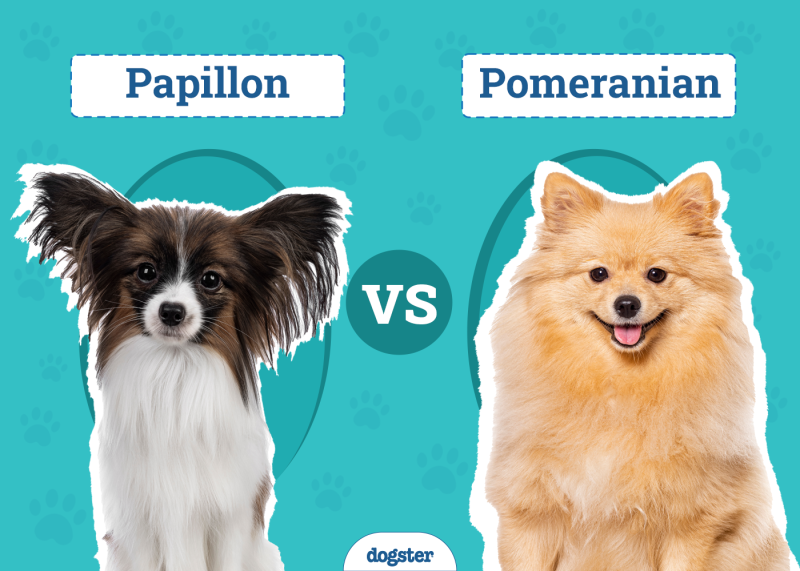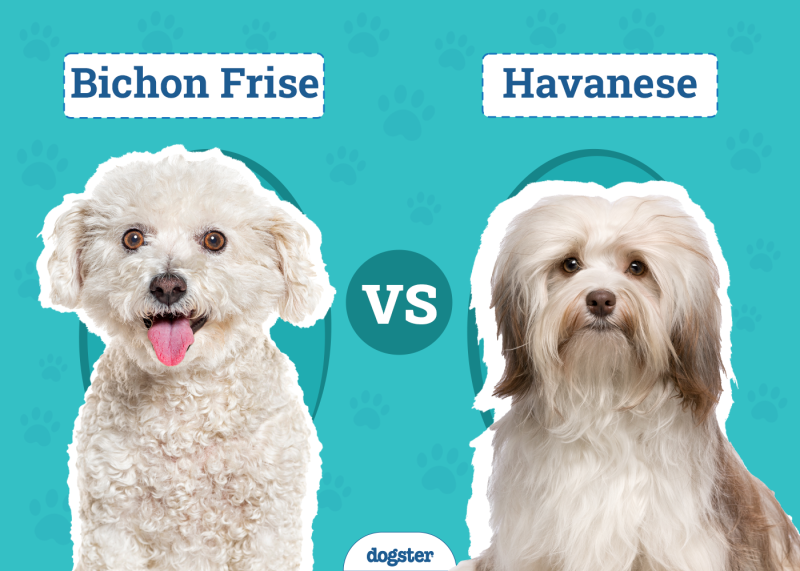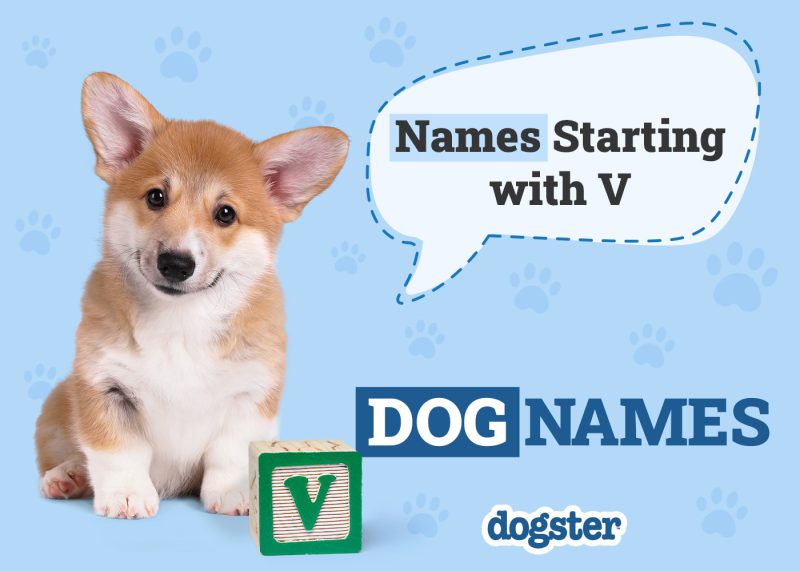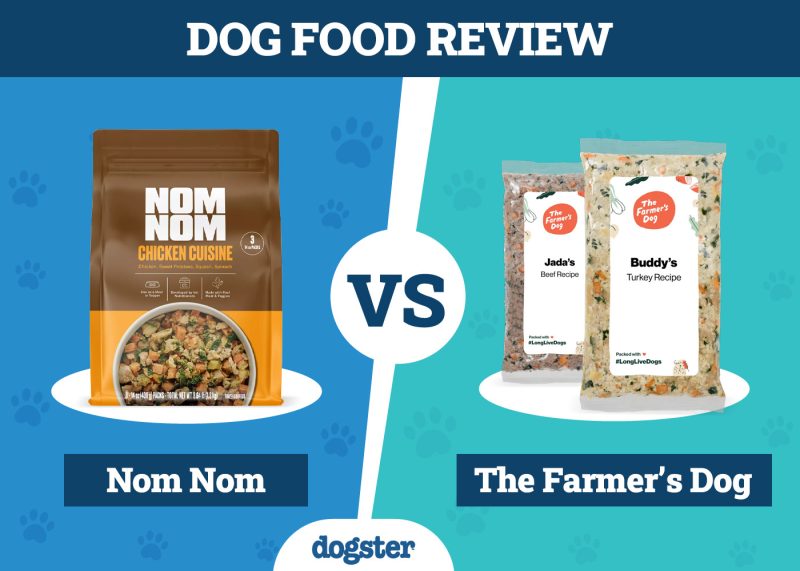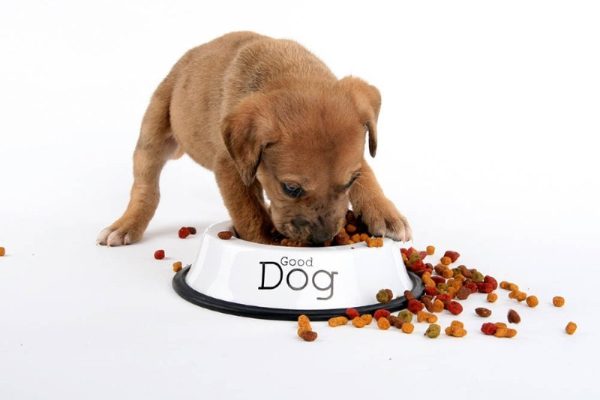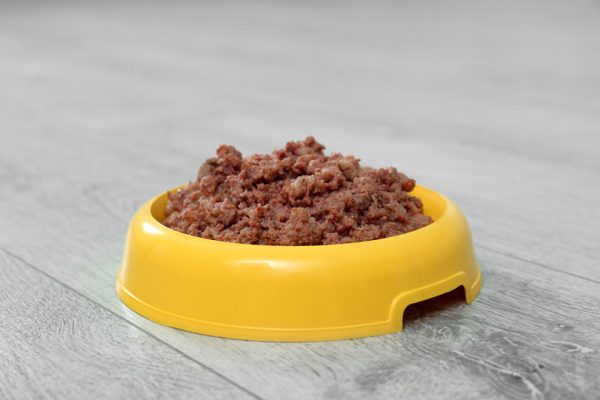In this article
Dogs are truly man’s best friend, and any dog owner knows what a rewarding experience it is to have a dog by your side. Dogs provide us with love, friendship, entertainment, and sometimes even protection and security. Many dogs make great watchdogs and are wary of anything unusual that goes on in or around the home, but guard dogs take this to a whole new level.
A lot of people are interested in having a guard dog, whether it be to protect themselves and their family, their property, or even livestock. Having a properly trained guard dog or protection dog is essential and best left to professionals.
In this article, we’ll go over some steps to take if you are wanting to train your dog to guard and some other essential aspects of guard dog training and selection.

The 5 Steps to Train a Guard Dog
1. Start With the Basics
Before you ever start any guard dog training, your dog must learn basic obedience. Not only does basic obedience help establish a strong bond between you and your dog, but it will also build confidence and establish you as the leader.
Basic obedience will teach your dog commands and they will learn how to follow instructions. You will first start by implementing the basic commands like sit, stay, come, leave it, and heel but will advance to more complicated commands.
A guard dog must know how to obey any command they are given and execute them appropriately. Creating a well-rounded protection dog is of absolute importance. Every aspect of training must be consistent, even the basics.
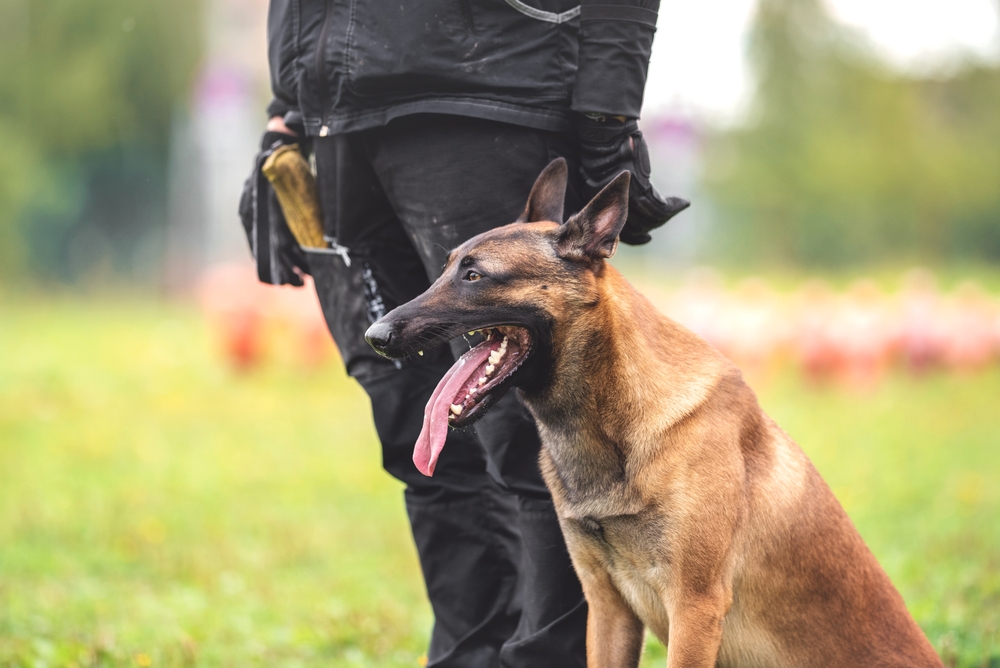
2. Ensure Your Dog Is Well Socialized
A protection dog will need to know how to assess situations and respond accordingly. They must be well socialized or moving on to guard dog training will not work. Your dog should be indifferent and non-reactive to people and other animals.
Make sure your guard dog is exposed to a wide variety of people, animals, and places. Your dog needs to be able to make an accurate distinction between who is a threat and who is not. Not all dogs will be able to make these kinds of judgment calls and any dog that can’t, should not be considered for personal protection or guard dog training.
3. Perfect Your Dog’s Recall
Recall training, which is commonly referred to as “reliable recall,” is when you train your dog to come, and you can expect them to come back to you reliably and without distraction each time. This type of training is very important for any dog, but it is an absolute must for any dog being trained for guard dog duty.
Recall is often trained by using positive reinforcement and reward-based training. The reward can vary from treats, toys, play, or even some love and attention. Recall needs to be a strong skill for any dog, but especially for those expected to guard. You will need to come up with your verbal cue and practice, practice, practice.
Once your dog understands the verbal cue and is listening to the command regularly, you will need to then add in distractions by taking them to different locations and exposing them to various outside stimuli. Regardless of how great your dog is with the recall command, always freshen up and practice consistently to keep them sharp and reward them very generously for a job well done.

4. Teach Your Dog to Bark on Command
Teaching your dog to bark on command is very useful in many ways, especially when you are working with a potential protection dog. Teaching them to bark on command also consists of teaching them to be quiet on command, too.
This type of training should be reward-based and done according to your comfort level and confidence as a trainer. Make sure to choose a clear and concise cue for each command before you get started. Utilize your positive reinforcement and the proper training methods recommended by professionals.
You will typically yield quick results with this kind of training, and it usually takes a few weeks to have it perfected. This will give you control over when you want your guard dog to bark.
5. Consult a Professional Trainer
There is a difference between a personal protection dog and a guard dog. Guard dogs are working animals and as so, they go through specialized training. There are also different levels of training associated with guard dogs. All of this plays a vital role in the entire process from choosing the right dog to the type of training they receive.
If you are training your dog to warn of any potential threats, you may not require a professional trainer depending on how well your dog is taking to your training and the confidence you have in yourself. Some dogs will do this naturally and your training techniques can help you perfect their behaviors. However, it’s highly recommended to consult a professional.
Unless you are a professional trainer, you should not attempt to train a guard dog or personal protection dog. These two types of guard dogs require a lot of time, skill, and intense training techniques. These animals will be trained to look for and recognize any threatening behaviors and to act when they observe those behaviors.
Professional dog trainers have the necessary skills and knowledge on how to properly train dogs for these duties. The training involves a lot of equipment and multiple people to help act out behaviors the dog needs to recognize. Training can be dangerous if not executed properly and should only be implemented by a skilled professional.
If you are concerned about your dogs behavior, we suggest you speak to a vet.
If you need to speak with a vet but can't get to one, head over to PangoVet. It's an online service where you can talk to a vet online and get the personalized advice you need for your pet — all at an affordable price!


Guard Dogs vs Personal Protection Dogs
Though they are commonly grouped into the same category, there are distinct differences between a personal protection dog and a guard dog. Guard dogs are typically meant to protect your property, while personal protection dogs are trained to protect you and your family.
Both guard dogs and personal protection dogs need to display strength, stamina, and intelligence while exhibiting a threatening appearance. Personal protection dogs are family pets that are trained to defend the family while being well-socialized and capable of interacting easily with people and other pets.
Most guard dogs are strictly working animals that are not considered pets. Protection dogs do require intensive training, but the type of training is different as guard dogs are trained to carry out specific tasks.

Types of Guard Dogs
There are three different security levels associated with guard dog training. Here’s a quick overview of these levels and the types of tasks they are trained to carry out:
1. Alarm Dog
Alarm dogs are meant to sound the alarm when any perceived threat approaches. These dogs typically have a frightening, deep bark that will deter any unwanted presence on the property. They are meant only as an alarm and are not trained to take any action to the situation at hand.
2. Sentry Dog
Sentry dogs are trained to work without supervision to guard property, whether it be personal or business-related. These dogs are commonly used in areas with a lot of ground to cover like junkyards, shipyards, warehouses, or even farms. They are trained to attack any trespassers on the property they are assigned to protect without any instruction or command from their owner.
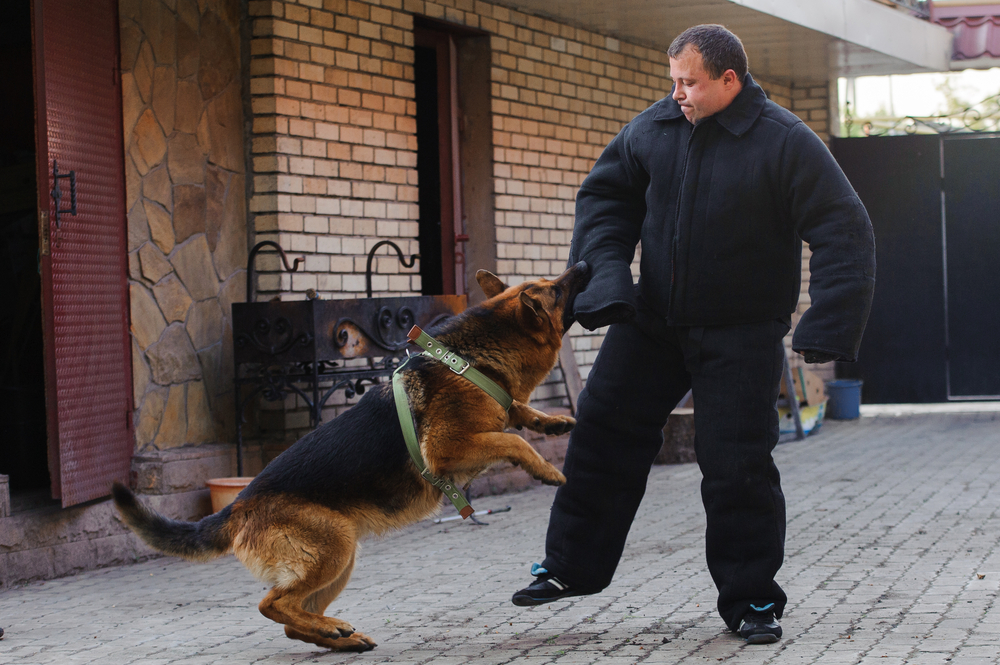
3. Attack Dog
Attack dogs are used by police K9 units and the military. These dogs are not suitable pets and are not sociable like personal protection dogs. These animals are specifically trained by either a police department, the military, professional training schools, or private companies.
They are taught to apprehend and attack and are typically placed with one specific handler.

Tips for Choosing the Right Guard Dog
Each individual or family will have different preferences when it comes to choosing a dog. When you are searching for the perfect guard dog, there are some major aspects to consider during the process to ensure you have a compatible dog for the job.
1. Consider What You Need
There are a variety of reasons why one may decide they would like to have a guard dog or a personal protection dog. The most common reasons are to alert of any potential threats or unusual activity, to scare off home invaders or burglars, to protect livestock, to guard a certain property, or to provide personal protection against any threats.
Figure out your specific needs and the expectations you have for the dog you desire. These needs will play an important role in selecting the right breed, personality traits, and the type of training that will need to be done.
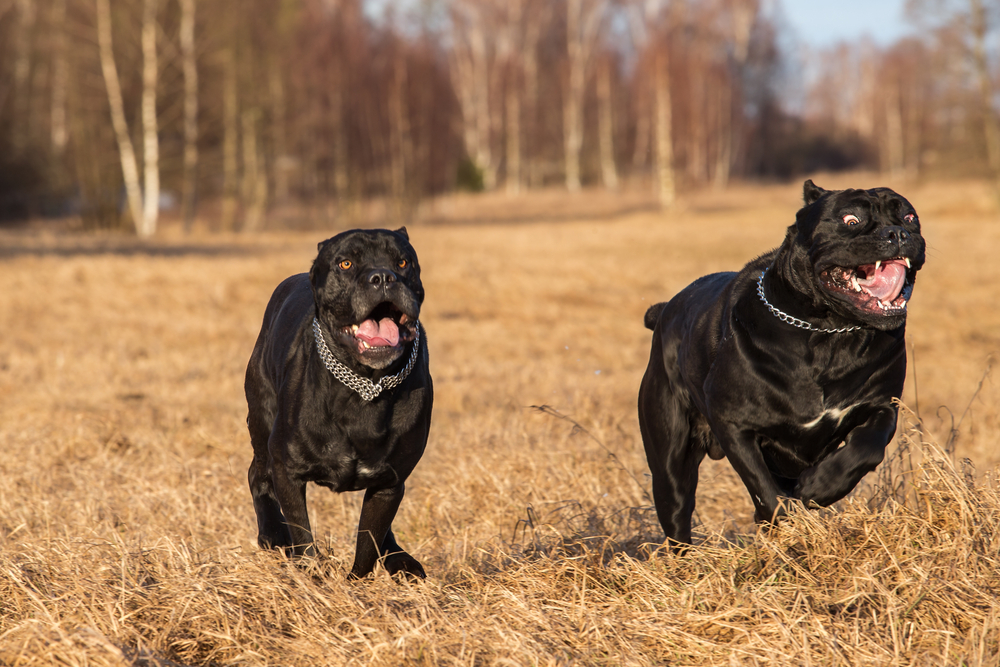
2. Research Breeds and Their Characteristics
Not all breeds are cut out for guard dogs or personal protection duties. Not only will you need to find a breed that makes a suitable guard dog, but you also need to find a breed that is compatible with your lifestyle and specific needs.
This is not a decision to make lightly, so look into the different breeds with the most protective instincts that are most often selected for guard dog duty.
This is also where your specific needs will come into play. For example, if you have a family, look into the most highly recommended family-friendly guard dog breeds, if you need your livestock guarded, there are plenty of livestock guardian breeds to choose from. From personality traits to grooming needs to size, and more, you need a dog that works for you.
3. Know That Looks Do Matter
Looks don’t always matter, but when you are considering a protector, they do. While many small, toy breeds may make wonderful watchdogs and will most likely alarm you of anything out of the ordinary they aren’t going to scare anyone off.
Even breeds that are medium to large but are known for being super friendly will not likely deter trespassers or intruders. You want a dog that is sizable enough and has a look that will be intimidating to others. Most of your common guard dog breeds come fully equipped with these traits already.
We aren’t saying that certain breeds can’t make great guard dogs, but someone that is threatening you, your family, or your property is much more likely to back off when faced with a breed like a Rottweiler compared to a Golden Retriever or a Chihuahua.

4. Keep the Dog’s Age in Mind
Age is an important consideration when picking a guard dog. Puppies are going to take time to grow, develop, and train, which is perfectly fine if you have the time and patience. Raising a puppy from the beginning is a very rewarding experience and you can certainly have them trained to suit your needs, but their guard dog duties won’t have a quick turnaround time.
Adult or senior dogs that have not undergone the proper training may not take well to a guard dog role. Some dogs come naturally with the instinct, while others don’t. You don’t want to bring in a dog that does not know how to properly utilize its protective instincts.
5. Be Prepared for the Costs
Not only will you need to consider the upfront cost of your new dog and all the typical costs of owning a pet, but the type of training associated with guard dogs and protection dogs can be quite expensive.
The best way to get the right guard dog is to adopt one that has been trained from a young age. Many places will sell dogs that have already undergone training. They will then work with you and your family to ensure you are not only compatible with the dog, but you know how to handle them properly.
You can also choose to have your dog professionally trained. Research professional dog trainers in your local area who specialize in guard dog training or personal protection training and reach out to inquire about what it entails.
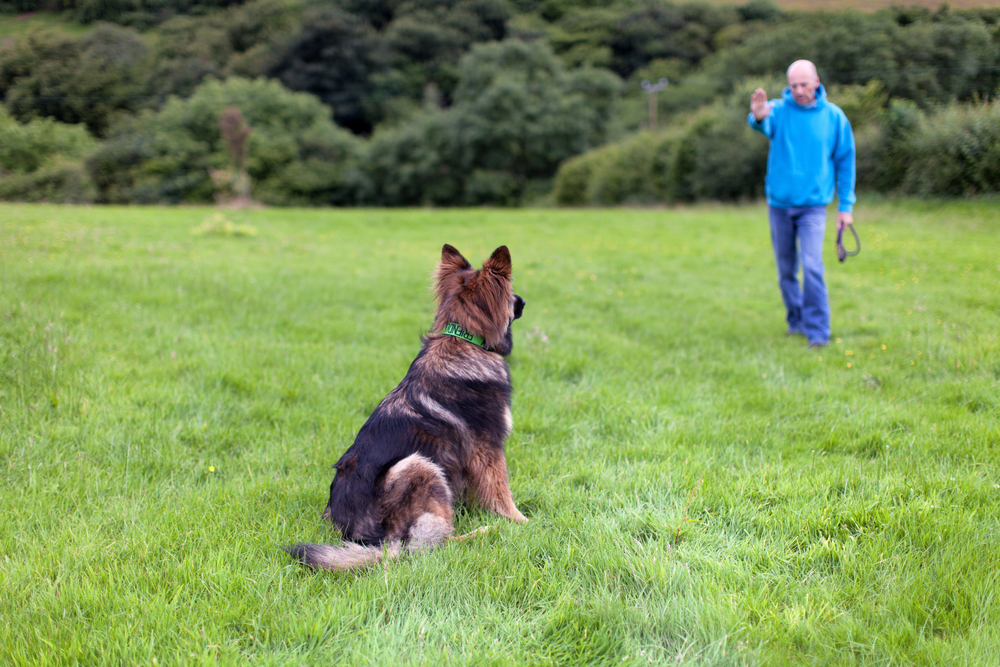

Conclusion
Whether you want a guard dog to protect your property and your livestock or provide personal protection for you and your family, there is a lot of training that goes into these types of dogs. There are differences between a guard dog and a personal protection dog, as well as different levels of guard dog training.
Many different aspects of training are needed, like basic obedience, socialization, and certain commands, which can all be taught at home. However, depending on your needs, the extensive training needed for guard dogs is best left to the professionals.
- See Also: Top Hardest Dog Breeds to Train
Featured Image Credit: cynoclub, Shutterstock



